|
Dall sheep usually don’t live in ugly places. Denali National Park is certainly not an exception to this rule. Those who spend time in Denali experience nature at an incomprehensively large scale. It’s the kind of place that makes you feel small in a good way. And Dall sheep always have the best views.
0 Comments
Like most who summit Uhuru Peak, we began our final ascent in darkness. The night before was cold, and we were underequipped with poorly rated sleeping bags, so we zipped three of them together and huddled inside to ward off the alpine chill. We came to Tanzania a few months earlier without the intent of climbing Kilimanjaro, so our gear was a mismatch of whatever we could find at local markets or borrow from the outfitter. After a few restless hours trying to chase sleep, we put fresh batteries in our headlamps and walked upward into the darkness. It’s certainly not a technical climb – I summited in Chuck Taylors with plastic bag booties on the inside – but the altitude made it a challenge as we searched for breath every few steps. As we reached the wooden sign signifying the highest point in Africa, we turned to watch the sunrise over the volcanic rim. All sensation of exhaustion evaporated as the sunlight painted the summit. We shared a beer – a Kilimanjaro Lager of course – which even when divided among several friends had an altitude enhanced effect. We then made our descent. The trek up the mountain took us six days, but the descent only took one and half. Without the need for acclimatizing to altitude, we turned our potential energy into kinetic energy and moved as quickly as our legs would take us. This pace afforded such a visceral perspective on the elevational patterns in biodiversity. In the span of a few hours we descended through at least 6 different ecosystems, each comprised of species most suited to the microclimates of a given elevation. I began the day on a glacier and ended it shirtless in forest with colobus monkeys in the canopy above. That’s one of the most beautiful parts of tropical mountains
Few animals have taught me more than the whitetail deer.
Growing up in the woods of Pennsylvania, tracking deer was a pastime that kept me grounded and connected to my natal environment. Deer taught me to read the forest and gave me a fluency in a language I desperately wanted to learn. They were always there, always accessible to the interested, and yet they were always wild. Walking barefoot through the hemlock groves to catch a glimpse of these cervids in the conifers was an act of meditation. Their transformations through the seasons taught me about ecological time, from the red-coated evenings of late spring grazing on clover to the electrifying crispness of an early November morning watching an old buck break the tree line into a lightly snow dusted cut cornfield. Summer nights were spent cruising dirt roads and counting deer and nearby fields. In high school, I skipped my junior prom and instead went spotlighting in the Endless Mountain region of Pennsylvania. I've yet to read a single peer-reviewed study on whitetail deer and I've never once empirically evaluated any deer data but yet I feel as though I understand deer more than most. This pure, informal study of animal behavior kindled the passions that have led to a career in ecology and conservation. Throughout my life deer have sustained me in many ways, so perhaps it should come as no surprise that during this pandemic quarantine I came to rely on deer once again. Isolated in rural log cabin on the outskirts of Shenandoah National Park, my regular patterns of field work in remote areas of Africa were abruptly halted with the spreading virus. As someone who finds inspiration in motion, the prospect of months of stationary seclusion in the States admittedly didn’t jibe with my personal or professional plans. But this period of time has afforded a precious opportunity to develop a more indigenous intimacy of my local surroundings. It began rather unexpectedly in early April, as I heard the distress calls of young fawn caught in the fence of a nearby cow pasture. As I extricated this deer from the wire and watched it clumsily plod down the stream, I experienced one of my first pure moments of joy and hope in this pandemic. Over the next few months I watched as its white speckled pelage faded into the muddied grey of its adolescent autumn coat. I watched in reverent silence as it bedded behind my compost head and unabashedly rooted for it as it – along with its mother- fled a pursuing black bear. These near daily interactions with my deer neighbors have given me such a valuable respite from the almost inevitable call of the screen. In this moment, especially as I live alone, it is very easy to immerse myself in work to give myself a sense of control. These deer have given me an incredible gift in reminding me of what initially drew me to this field. I watch them without agenda. I watch them for only the joy of knowing that I share this space with such beautiful beings. I see them every day and I will never tire of it. Earlier this week, a hybiscus bush blossomed in my side yard bringing with it the ruby-throated hummingbird seeking its nectar. The window beyond my computer monitor overlooks these purple blossoms and the delightful buzzing of these little birds has offered a minor respite for this temporarily desk-bound field ecologist. Selfishly perhaps, I subsequently bought a hummingbird feeder and placed it directly above the rocking chair on my front porch. In these strange times, it's amazing how a simple plastic feeder filled with red colored, vitamin enriched sugar water could bring me such joy.
Beyond my temporary digs in northern Virginia, the diversity of hummingbirds has recently astounded me. Growing up in the northeastern United States, hummingbirds were an infrequent but always discernible treat. If I saw a hummingbird, I knew it to be a ruby-throated one. Although I've read of their diversity, it wasn't until I traveled to the neotropics where I became enamored with the beautiful diversity of the hundreds of species in the family Trochilidae. Hummingbirds are unique the the Americas and the Caribbean. Indeed the Eastern hemisphere has its own nectar-feeding birds but they are not hummingbirds. Sunbirds are no doubt beautiful convergently evolved counterparts to the familiar hummingbirds, but they lack incredible flight behavior of these frenetic feeders. Hummingbirds are an evolutionary product of new world ecology. I took this photo in the cloud forests of Monte Verde in Costa Rica, while teaching a field course. These hummingbirds dodged the relentless raindrops as they flit between their floral quarry. |
AuthorMichael Brown Archives
December 2022
Categories |
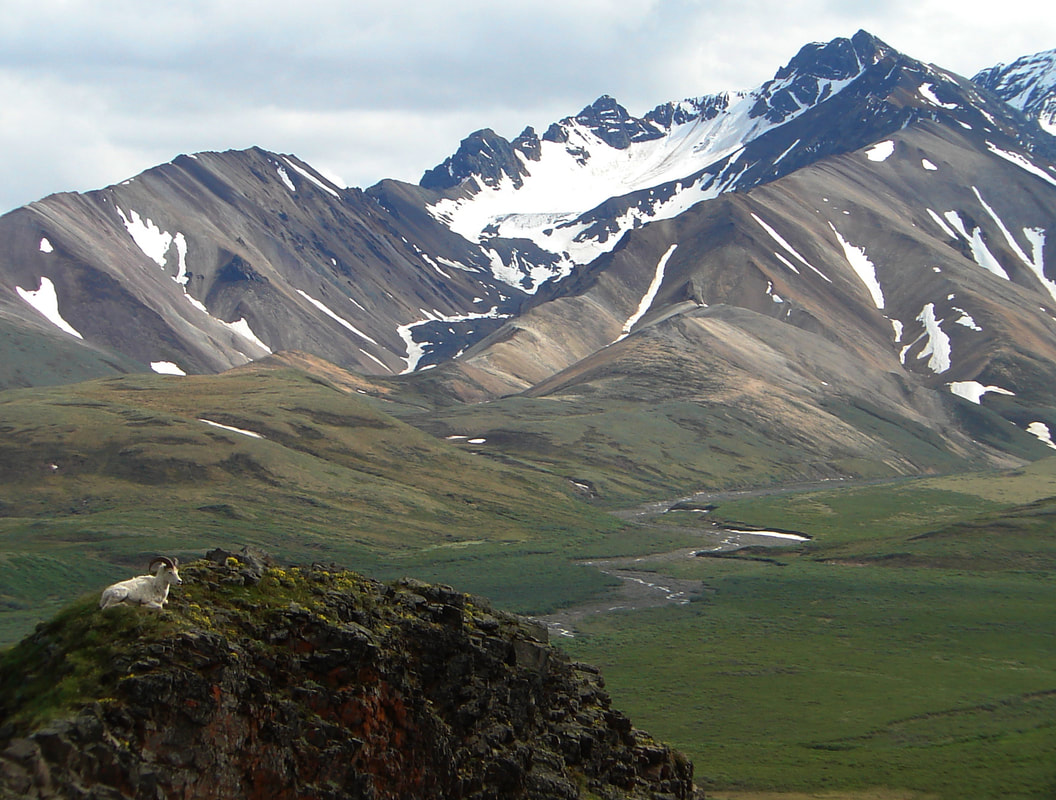
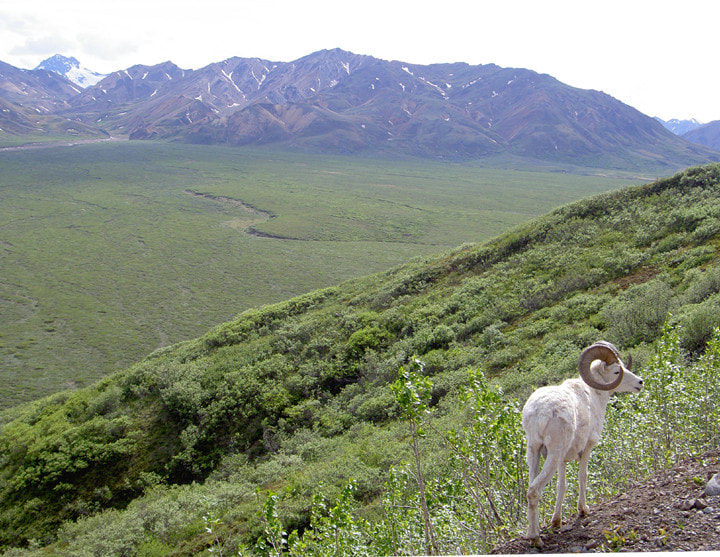
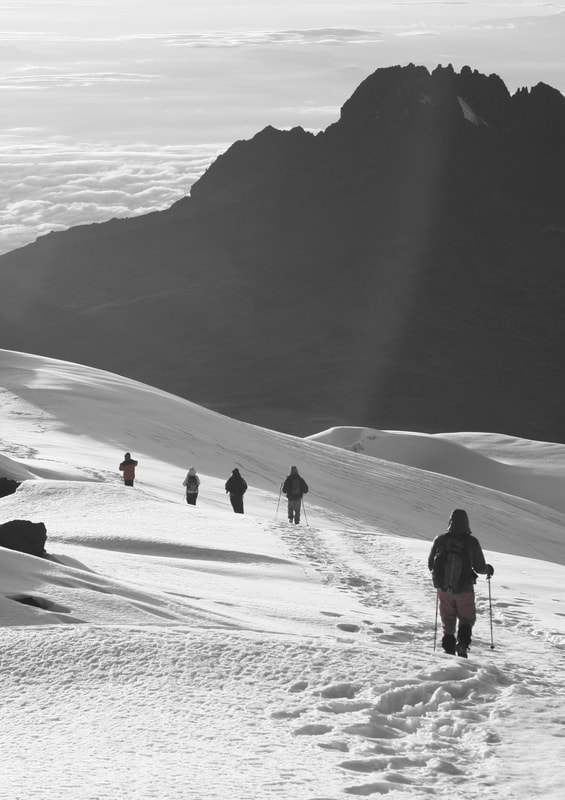
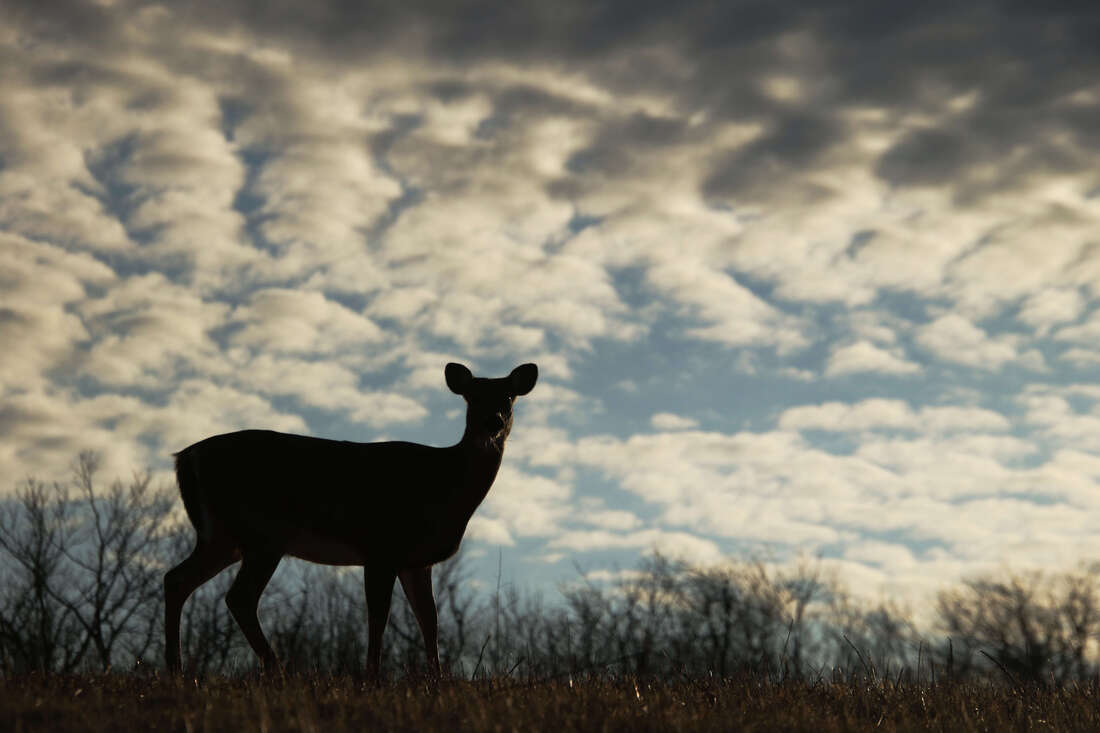
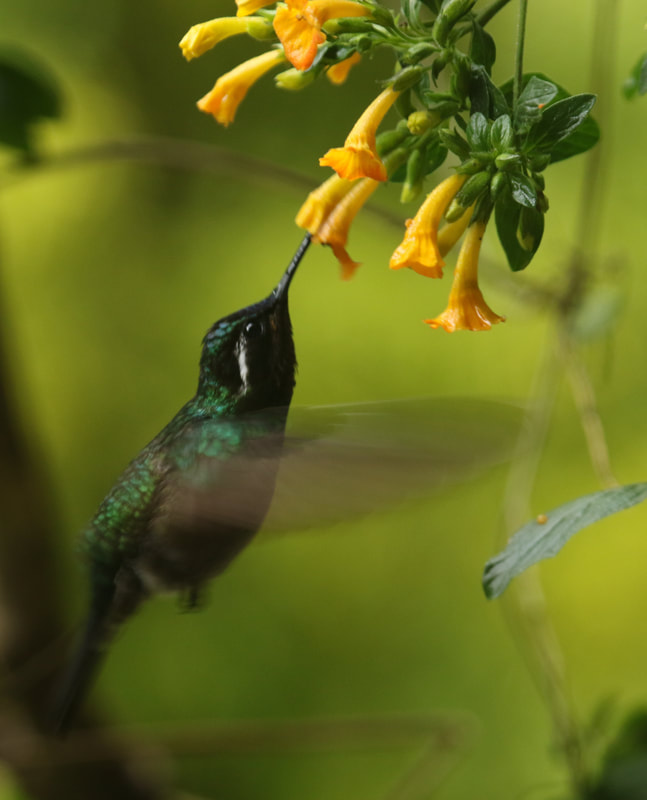
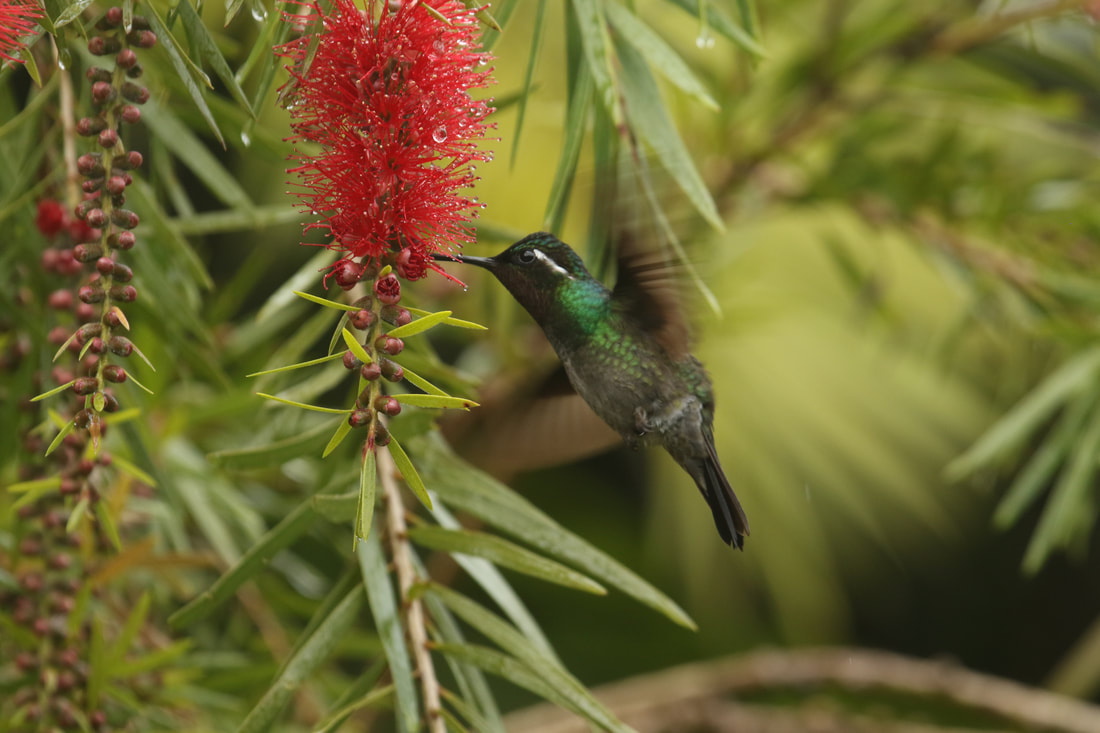
 RSS Feed
RSS Feed
